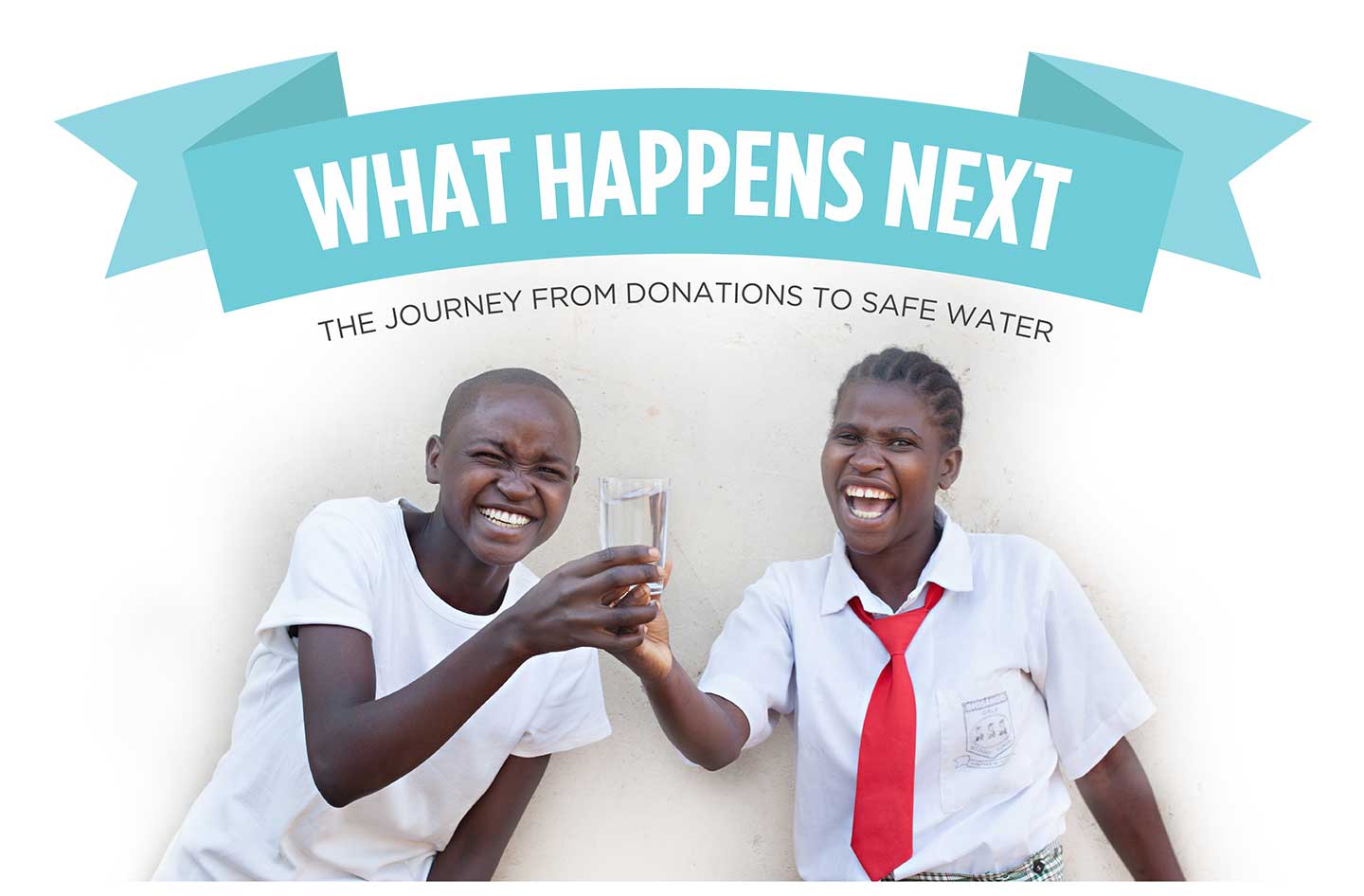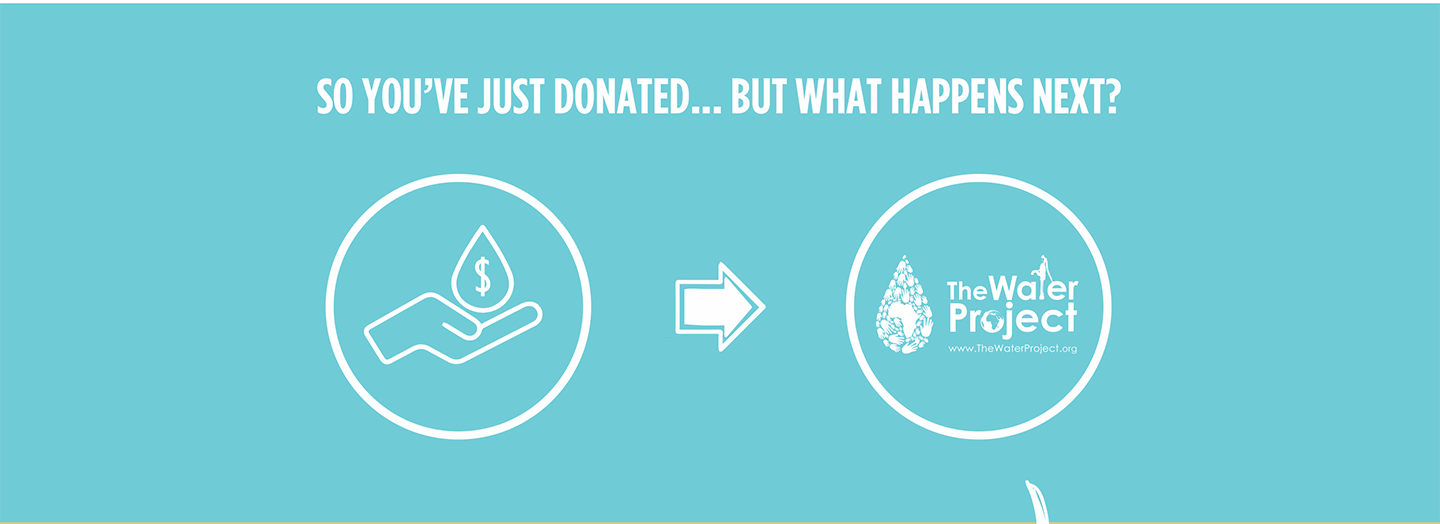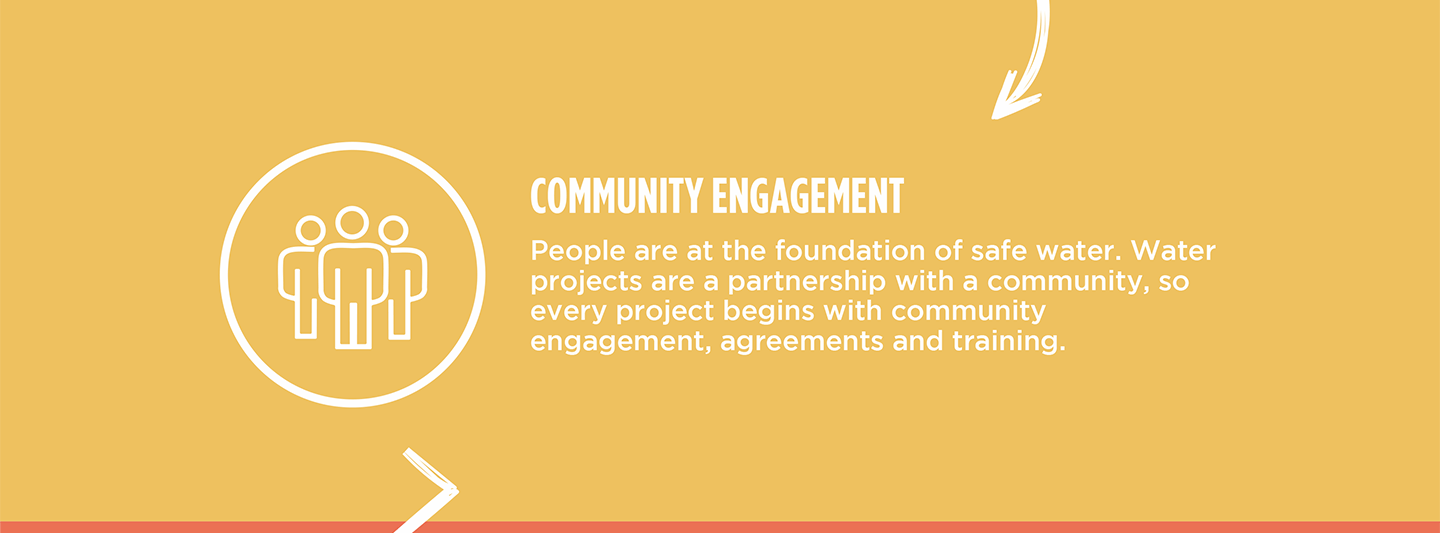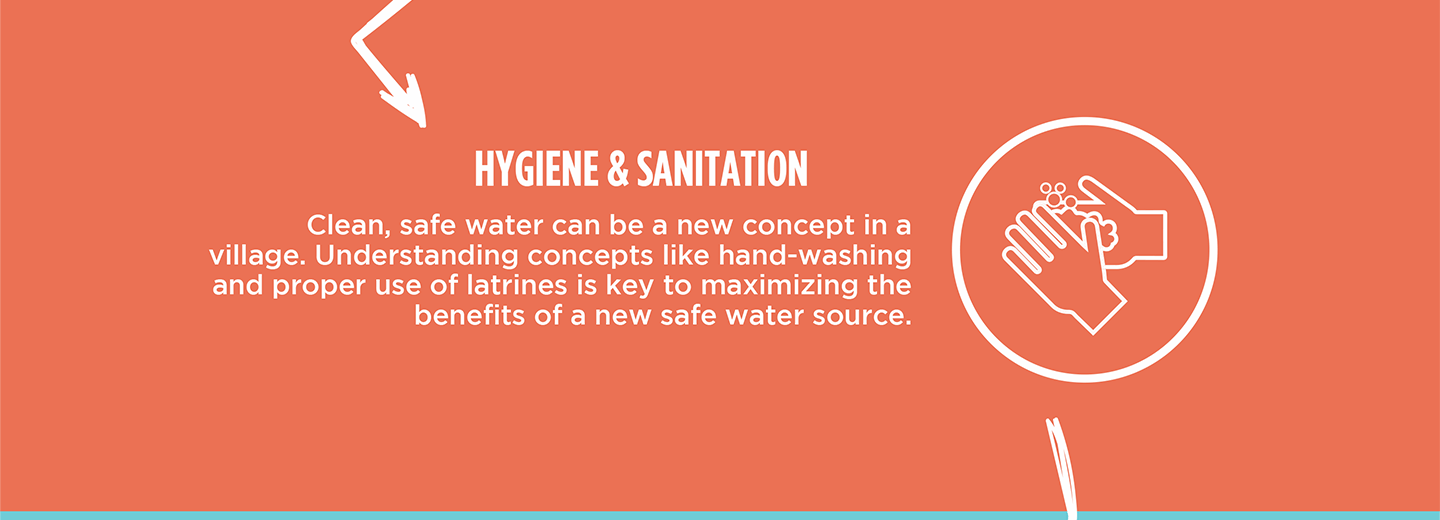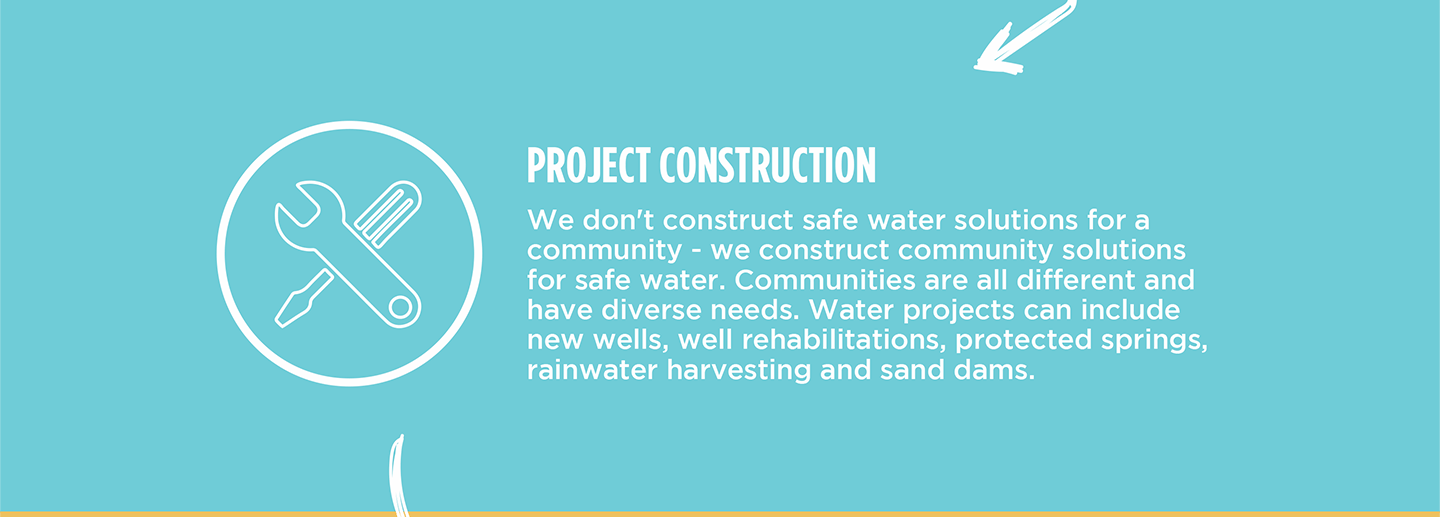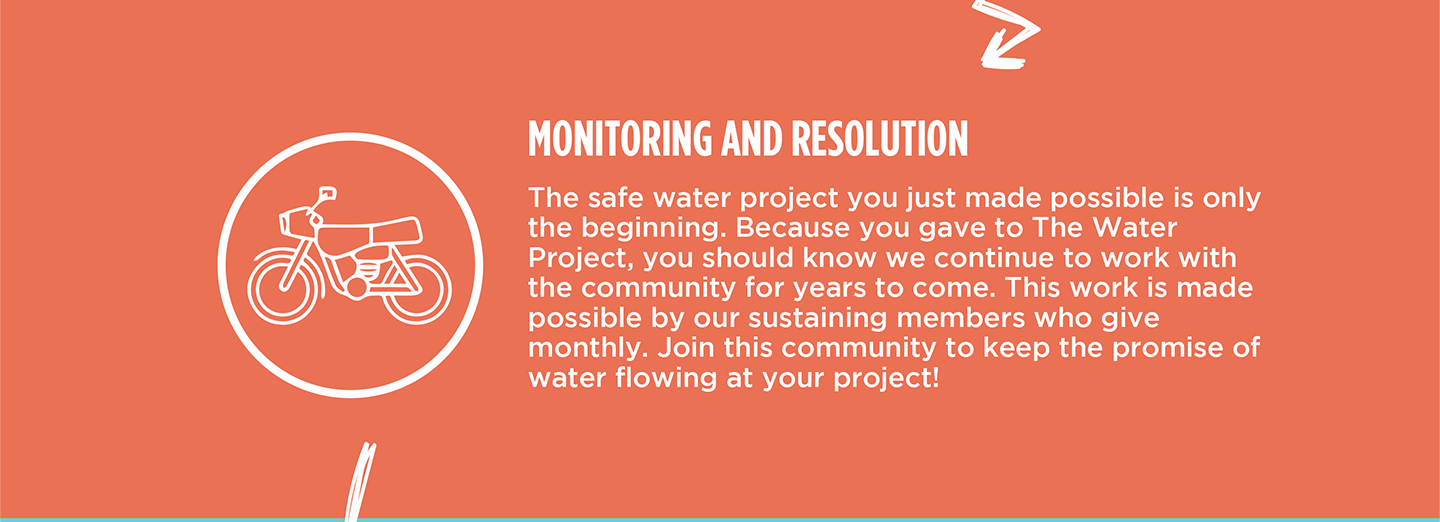For the past ten years, the 700 community members of Ebulembo have struggled to access safe, sufficient water. They have tried to solve the issues with their main water source, an unprotected spring, but despite their hard work, the crisis persists.
"The community members have tried protecting the spring in the past, but due to [a] lack of skills, it keeps on breaking down," shared Field Officer Jacqueline Kangu.
The spring is in such poor condition it is barely recognizable as a water source.

Community members report that when it rains, the water becomes discolored and smells, making it unpleasant to use. Many of them have repeatedly suffered from typhoid and amoeba infections from consuming the water.
"I get sick quite often due to dirty water. I fell sick and was not able to go to school, and yet it was during exam time. My mother took me to the hospital where I was treated," shared 10-year-old Joseph.

Joseph prepares to collect water from the unprotected spring.
He continued: "I can't concentrate [on] [my] studies when I'm feeling pain, so I decided to stay home until I feel better. This made [me] fail [my] exam, and [I] was not promoted to the next class. This really made me feel bad."
"[I] am worried because someone can get sick and die because of drinking dirty water! I feel so bad because of how the situation is at the water point."
But illness is not Joseph's only struggle. He sacrifices the time that should be spent in school waiting to collect water because the spring is in such poor condition. The long wait times and overcrowding cause conflicts among community members, threatening the peace within the community, especially for children.
"We have many users, and fetching water takes time because there's no tap on our spring. Spending time at the waterpoint makes me not finish homework and be punished at school," said Joseph.

People wait a turn to collect water from the spring.
Joseph and his community need access to a safe, reliable, and properly functioning water point. Then, hopefully, he can stop suffering from water-related illnesses that steal his energy, peace of mind, and his family resources. Then, he can attend school regularly and build a brighter future.
Steps Toward a Solution
Our technical experts worked with the local community to identify the most effective solution to their water crisis. They decided to safeguard the existing flowing spring.
Spring Protection
Springs are natural water sources that originate from deep underground. As water travels through various layers of the earth, it undergoes a natural filtration process, making it cleaner and safer to drink. To protect these spring sources from contamination, we construct a waterproof cement structure around layers of clay, stone, and soil. This design channels the spring water through a discharge pipe, facilitating easier, faster, and cleaner water collection.
Chlorine Dispenser
As an extra measure towards water quality safety, uniquely engineered chlorine dispensers are installed at all of our spring protection projects so community members can treat their water with pre-measured doses of chlorine. The chlorine treats any residual contamination and stays active for two to three days, ensuring water stays safe to use even when stored at home. Chlorine delivery and maintenance of the dispensers are part of our ongoing community support.
Community Education & Ownership
Hygiene and sanitation training are integral to our water projects. Training is tailored to each community's specific needs and includes key topics such as proper water handling, improved hygiene practices, disease transmission prevention, and care of the new water point. Safe water and improved hygiene habits foster a healthier future for everyone in the community. Encouraged and supported by the guidance of our team, a water user committee representative of the community's diverse members assumes responsibility for maintaining the water point, often gathering fees to ensure its upkeep.

 Protected Spring
Protected Spring
 Rehabilitation Project
Rehabilitation Project
























